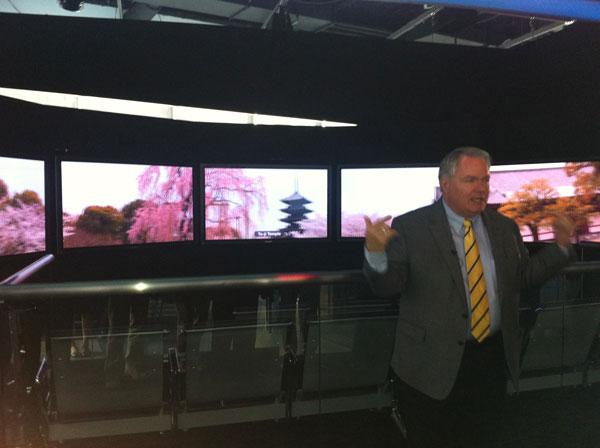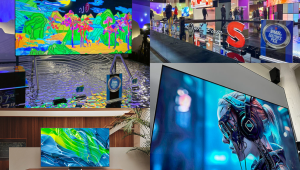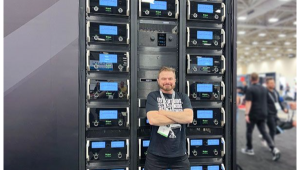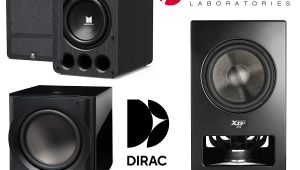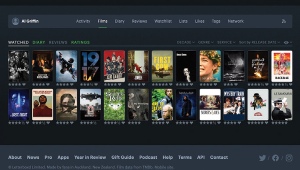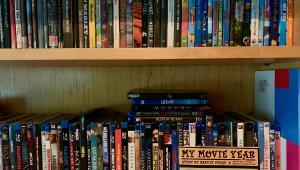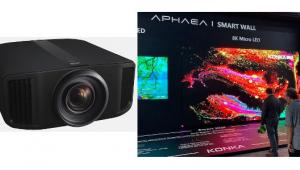I understand that learning data is troublesome. We should lock in for increase learning. To wind up a flawless understudy I need to get learning and aptitudes. Regardless, finishing the top score in Essay presentation is far fetched for me with the aptitudes I have. Writing a essay is an investigation technique and a concentrating work. I can't supervise everything with the capacities I have. That is the reason I lifted Essay Help Services UK - Essay Spot for setting up my essay.
Panasonic Ain't Just Plasmas
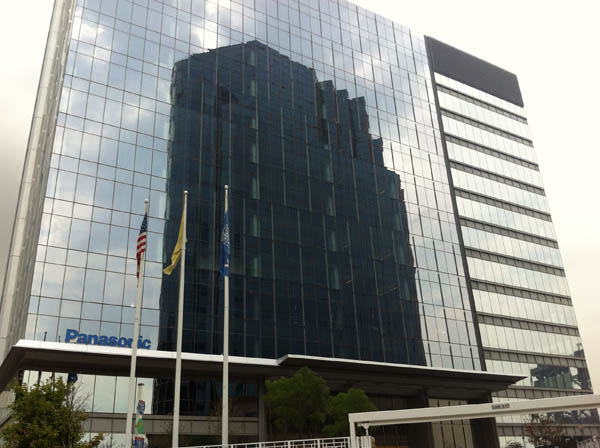
There were brief speeches from the company’s CEO, Joe Taylor, and senior marketing VP, Betty Noonan, but the highlight was the tour of the Innovation Center by chief technology officer Todd Rytting and it would have been fascinating for any technologist. Panasonic execs said that about 80 percent of their North American business is now to the business sector, vs. the 20 percent still in the traditional consumer electronics they are best known for. Yet, R&D and products built for the consumer sector often provide backbone tech in the other areas the company sells into. Panasonic plans to use the Innovation Center to communicate to visitors and corporate customers, if not their own employees, the full breath of the company’s capabilities and interests.
Most impressive to me were the many areas I had no idea that Panasonic not only participates in but in some cases dominates. Avionics, for example, where Panasonic was apparently a pioneer and remains a leading supplier of the in-flight entertainment systems many of us enjoy when we fly commercially. As an interesting aside, the company used its participation there as an entry into the weather reporting business: with some 5,000 aircraft worldwide using their systems across 275 airlines and other customers, it was a no brainer to add weather sensors that allow collection of weather data used by businesses and foreign governments that might lack the United States’ s extensive network of satellites. Panasonic also sells many of the point-of-sale, security, and signage systems we see in fast food restaurants these days, and has even been experimenting with facial recognition technology that would allow the systems to recognize customers as they approach the counter.
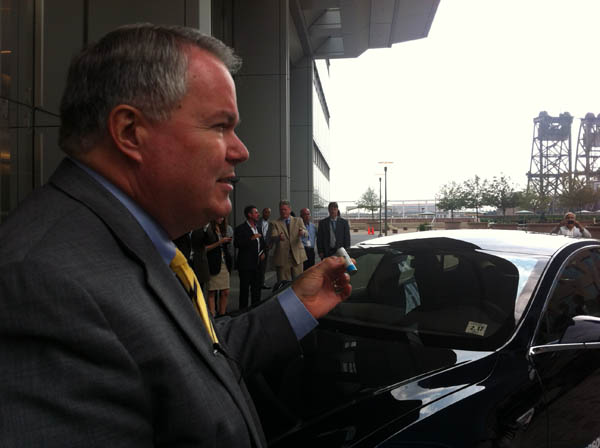
Not surprisingly given its history in car audio, the firm works with car makers including GM and Volkswagen on their sophisticated new in-car entertainment systems, and also builds some of the industrial robots used on various production lines today. Like some other Japanese multinationals (Sharp comes to mind), they also have a stake in the solar panel business. Parked on the plaza in front of the headquarters was a Tesla Model S battery-powered luxury sedan, which is said to use battery packs comprised of 7,500 specially-developed Panasonic lithium ion cells, each not much bigger than one of today’s AA batteries.
Panasonic’s display technology is intentionally placed front and center in front of visitors as they enter the Innovation Center, where they are greeted by a small 3D theater area built from five of the company’s large plasma displays that display a single unified image that wraps around. Also on display in the same area was a projected animated banner that was created from multiple projectors but appeared as a perfectly seamless single image; similar tech was used in London during the Olympics to allow Londoners to watch the events unfold on giant public displays. Of course, there’s a dedicated area showing off the firm’s late generation Smart TV technology. What I found most engaging, though, was a 20-inch, 4K-resolution tablet computer developed for use in medical imaging and other industrial sectors; with 4K video content playing on it, it exhibited a mesmerizing level of detail and made me wonder if there isn’t a future in smaller-scale 4K displays after all; perhaps we just need to wait for the content to catch up.
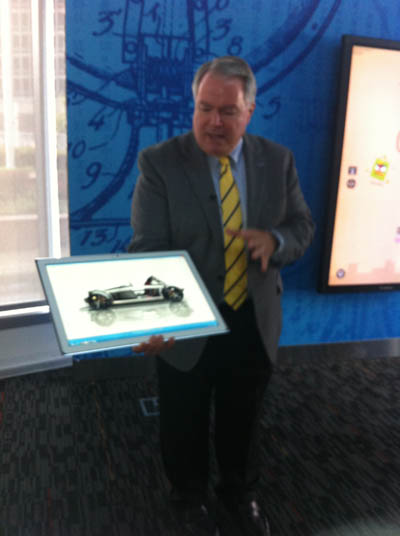
In closing, as impressive as all this technology was, as a lover of Panasonic’s consumer products and in acknowledgement of their role as manufacturer of the best consumer TVs we’ve seen in recent years, I was probably left just a bit troubled at that 80/20 business vs. consumer business ratio. This is down from about 50/50 a half dozen years ago, and, as one executive told the assembled journalists, “this is where the company is headed.” Fortunately, no one was talking about any exit from the consumer side anytime soon, and based on the depth of engineering and R&D resources made evident in the Innovation Center, I’d guess we’ve got some very exciting new products to expect from Panasonic in the next few years.
- Log in or register to post comments
